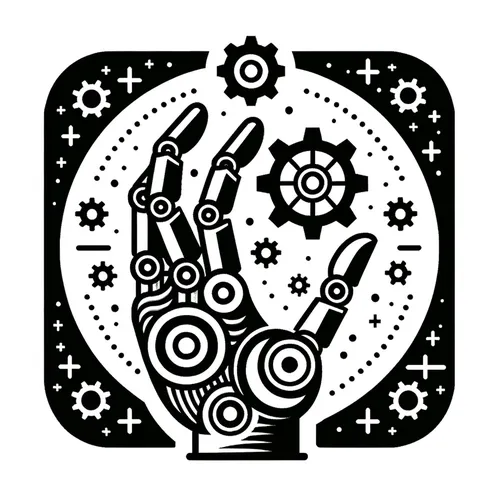Robots Rocking the Factory Floor: Cobots, AI, and Billion-Dollar Investments Steal the Show in 2025
- Author
- Quiet. Please
- Published
- Fri 29 Aug 2025
- Episode Link
- https://www.spreaker.com/episode/robots-rocking-the-factory-floor-cobots-ai-and-billion-dollar-investments-steal-the-show-in-2025--67551067
This is you Robotics Industry Insider: AI & Automation News podcast.
The robotics and automation industry continues its upward trajectory as of August 30, 2025, marked by ambitious investments, breakthrough integrations, and new case studies highlighting both technological promise and operational impact. According to the Association for Advancing Automation, the first half of 2025 saw North American companies ordering over seventeen thousand six hundred robots valued at more than one billion dollars, with orders and revenue both up notably from the year before. The automotive sector led growth with a thirty-four percent year-over-year bump, while industries such as life sciences, plastics, and semiconductors also surged, reflecting automation’s widening reach well beyond traditional manufacturing. Notably, collaborative robots—or cobots—continued gaining traction, now representing close to twenty-four percent of ordered units. These flexible, human-friendly robots are credited with addressing labor constraints and enhancing on-floor safety.
On the industrial automation front, Straits Research pegs the global market at just over two hundred nine billion dollars for 2025, with a robust compound growth rate projected through 2033. Smart factories are quickly becoming the new standard, relying on artificial intelligence, advanced robotics, and networked sensors to optimize processes, reduce downtime, and improve product quality. Governments are fueling this trend with policy initiatives—“Make in India” and Europe’s “Green Deal” among them—that encourage adoption through tax breaks and subsidies, while companies report significant productivity boosts and operational cost reductions as result.
August brought a wave of high-profile news: igus’ new Iggy Rob humanoid joins the market for versatile industrial and service applications; Dexterity’s “superhumanoid” Mech robot begins field validation for truck unloading at Sagawa Express in Japan, signaling a new era of logistics automation; and Photoneo’s release of its third-generation blue laser 3D scanner raises the bar for industrial inspection and quality control. Meanwhile, Interact Analysis reports that the market for collaborative robots is poised for a new growth cycle, backed by rising demand for adaptable, safe robots that work directly alongside humans.
Practical takeaways for industry strategists include investing in workforce development to bridge evolving technical gaps, piloting cobots in space- or labor-constrained lines, and leveraging AI for predictive maintenance and agile workflow management. Looking to the future, listeners should anticipate tighter human-robot integration, emotionally intelligent machines, and an accelerating shift toward highly automated, resilient supply chains. Thank you for tuning in to Robotics Industry Insider. Join us next week for more industrial insights—this has been a Quiet Please production. For me, check out Quiet Please Dot A I.
For more http://www.quietplease.ai
Get the best deals https://amzn.to/3ODvOta
